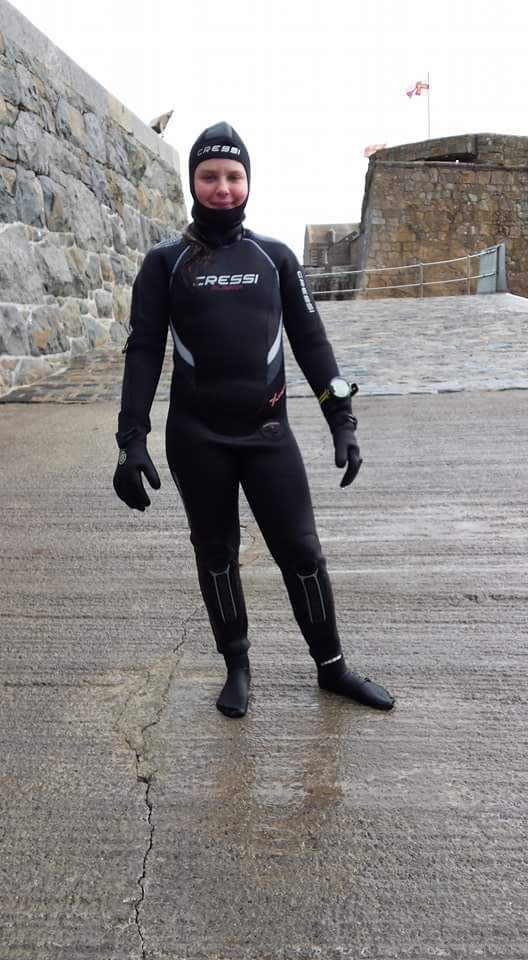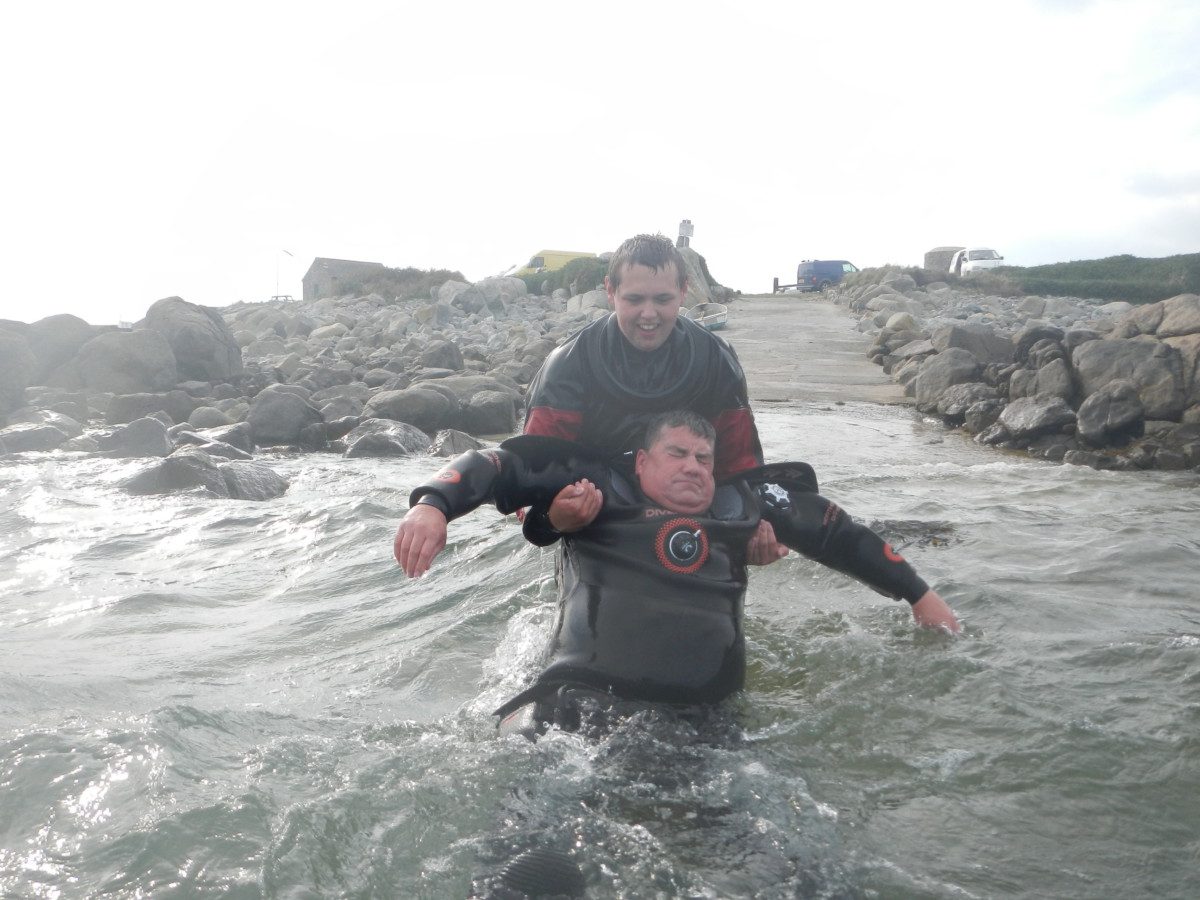Hi, We are very proud to announce the first scheduled course for the PADI/RNLI Diver Sea Survival Diver Speciality course. We are also very happy to donate all profits for […]
NEW in shop, USED kit shelf.
We now have a used kit shelf in the shop, occasionally there will be items for sale on the shelf. All items will be fully serviced by us and ready to dive with.
What’s on the shelf ?
Mares Abyss MR22, a true work horse and in excellent condition COST £250
Includes MR22 1st stage, Abyss primary 2nd stage,Mares Axis octo, Tusa double gauge and BC LP hose .Pop in and try it.
Mares PROTON MR12 DFC DIN 1st stage,2nd stage Mares Proton Primary,2nd stage Octo Aqualung LX,Triple gauge SPG-Depth-compass , LP inflator hose, FULLY SERVICED, Cost £80 SOLD
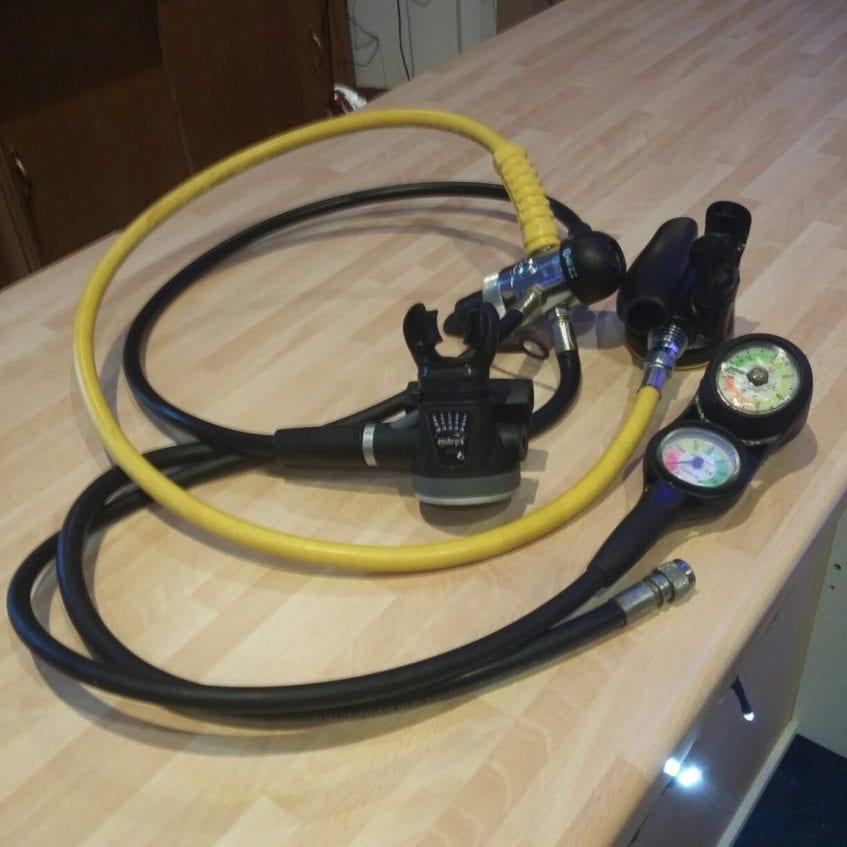
Proton MR12 cost £80
SB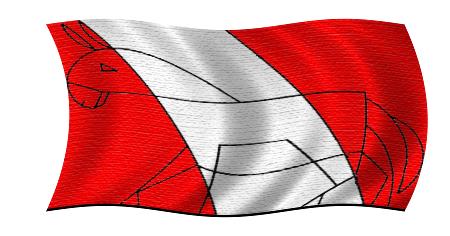
Stay Fit,Stay Diving, VERY IMPORTANT INFORMATION.
Matters of the Heart
Aging, wellness and fitness to dive The aging of the dive population and an increased rate of cardiac-related deaths with age in scuba divers are becoming important concerns to the dive community. In a favorable environment, scuba diving is a leisurely physical activity that many people choose for their lifetime or late-life recreation. Age is not considered a disease or a condition that necessarily disqualifies people from diving or any other physical activities, but it is associated with a decrease in functional capacity and an increased prevalence of chronic diseases. Criteria for medical fitness to dive have been defined and used with confidence for more than half a century. When it comes to physical fitness requirements for scuba diving, however, there is no consensus; divers are generally advised to evaluate the diving environment before each dive and avoid strenuous conditions that may exceed their physical capabilities. This approach seems to work for most divers except those who become victims of dive fatalities. Older divers are at greater risk of fatal accidents, and the most common cause of deaths in older divers is an acute cardiac event, which can be considered a sudden death. In this article we will briefly review the epidemiology of sudden cardiac death, age-related changes to the cardiovascular system, specific stressors in diving, the ways these may be related to dive fatalities and what divers can do to mitigate their personal risks.
Sudden cardiac death
Sudden cardiac death (SCD) describes the unexpected natural death from a cardiac cause within a short time period (generally within one hour of symptom onset) in a person without any prior condition that would appear fatal. Such a rapid death is often attributed to a cardiac arrhythmia, but because 40 percent of sudden deaths may be unwitnessed it is impossible to tell with certainty. SCD may be preceded by nonspecific symptoms such as chest pain (indicating ischemia), palpitations (arrhythmias) or difficulty breathing (indicating congestive heart failure). In cases of ischemia or congestive heart failure, the heart muscle fails, and in cases of arrhythmia the synchronization and timing of heart contractions fail. Both result in an inability to maintain circulation, loss of consciousness and, several minutes after circulation stops, death. SCD occurs annually in 1 out of 1,000 adults in the U.S., accounting for more than 300,000 deaths each year. The risk of SCD in adults increases up to sixfold with age and parallels the risk of ischemic heart disease. Risk is greater in people with structural heart diseases, but in 50 percent of SCD cases individuals were not previously aware of heart disease, and in 20 percent no structural cardiovascular changes could be found during autopsy. Divers with symptoms of cardiovascular disease should be evaluated by a cardiologist and a physician trained in dive medicine regarding their further participation. In people without symptoms, the risk of SCD may be evaluated using known cardiovascular risk factors like smoking, high blood pressure, high cholesterol, diabetes, lack of exercise and being overweight. For example, people who smoke have a risk of SCD two and a half times that of nonsmokers. Effects of “healthy” aging on the cardiovascular system
We all know a team of young adults will usually outrun and outplay another team made up of middle-aged adults. Those in their 30s and older have already experienced a decline in their personal ability to sustain a high level of exercise for a prolonged period. Decrease of exercise capacity with “healthy” aging can be slowed down with regular exercise, but it cannot be avoided completely. The decrease in exercise capacity is caused by weakened functions of all the body’s systems, but we will keep our focus on the heart. The heart has a natural pacemaker system that controls the heartbeat and the system of pathways that conduct signals to the muscle cells throughout the heart. Over time, the pacemaker loses some of its cells, and pathways may get damaged. These changes can result in a slightly slower heart rate at rest and susceptibility to abnormal rhythms like atrial fibrillation. With age, all structures of the heart become more rigid. The muscle of the left ventricle gets thicker, and the heart may increase slightly in size overall while the volume of the left ventricle may decrease. The heart may fill more slowly, empty more slowly and, thus, eject less blood into circulation. The increase in heart rate and cardiac output in response to physical activity get slower, and the maximums get smaller (see table). The decreases in maximal heart rate appear to be an age effect, which is more pronounced in sedentary people and those with overt cardiovascular diseases. The autonomic nervous system changes with age, too. Normally, the parasympathetic side sets the basic resting heart rate, while the sympathetic side affects the heart in anticipation of and in response to physical activity, stimulating timely and proportional increases in blood circulation necessary to support ongoing activity. Continuous adjustment between the sympathetic and parasympathetic systems result in a heart-rate variability evident on a beat-to-beat basis, which is a sign of a healthy control system. With age, the contribution of the parasympathetic side wanes, the sympathetic activity increases (even at rest), heart-rate variability disappears and heart rhythm becomes more prone to derailments. Low heart-rate variability and increased resting heart rate (due to loss of parasympathetic tone) independently increase the risk of SCD more than two and a half times. Effects of diving on the cardiovascular system
Diving exposes divers’ bodies to various stressors that independently affect cardiovascular function. The major stressors are immersion, exposure to cold, increased partial pressure of oxygen and increased work of breathing. The combined effect of these factors is that the volume of blood in the vessels of the chest and heart increases significantly, stretching the walls of heart and large vessels. Pressure in the right atrium and blood pressure slightly increase — more so in cold water. The heart has to work harder to maintain circulation. These conditions contribute to various arrhythmias, from bradycardia (slow heart rate) caused by cold to tachyarrhythmia (racing heart rate) caused by cardiac and neuroendocrine responses to stress. Older people, especially those with structural cardiovascular changes and weaker function, are at greater risk of adverse reactions to these stresses. The autonomic nervous system is affected by diving, too. In healthy individuals, diving increases parasympathetic effects on heart rate, and heart-rate variability is preserved. Diving that is perceived as stressful pushes the balance of the autonomic nervous system in the other direction: Sympathetic effects prevail and increase the heart rate, diminish heart-rate variability and increase the risk of arrhythmia. Although diving is often perceived as a leisurely activity, the level of exertion may sometimes exceed the physical capacity of divers with functional limitations as well as healthy but older divers. In weightless conditions of immersion, muscular work is less punishing and divers easily exert themselves beyond their cardio-respiratory limits. Most divers regard swimming against a 0.5-knot current as a challenge. Heart rates measured in trained military divers during shallow underwater swimming increased to an average of 101 beats per minute (bpm) in a 0.6-knot current and to an average of 141 bpm in a 1.2-knot current. For many divers this would exceed a sustainable level (which is usually considered to be less than 80 percent of the maximal heart rate). Even more important, divers who do not regularly practice swimming and do not master the technique of underwater swimming with fins as well as those who do not streamline their gear and especially those whose buoyancy is a bit off, would probably reach their maximal heart rate while swimming even more slowly. Some may reach their limit just trying to stay afloat. What are the risks?
Fatality statistics indicate at least one-third of all dive fatalities are related to an acute cardiac event. The risk of cardiac-related death in divers is continuous, steadily increasing with age; divers older than 50 have a risk 10 times that of divers under 50. While some suspected cardiac events may be provoked by specific dive effects, some may be not related to diving at all, as sudden cardiac deaths occur in swimming, land-based sports, at rest and during sleep. An acute myocardial infarction (heart attack) due to exertion while swimming against current, waves or excessive negative buoyancy is probably quite common among dive-provoked fatalities. It is caused by insufficient blood supply to working heart muscle. This occurs most commonly in middle-aged male divers unaware of their coronary artery disease. It is also reasonable to expect diving could provoke an acute arrhythmia, which might result in sudden death. The arrhythmia is a more likely cause of death for older divers. As Carl Edmonds, M.D., describes and DAN® data confirm, “The victim often appeared calm just before his final collapse. Some were unusually tired or resting, having previously exerted themselves, or were being towed at the time — suggesting some degree of exhaustion. Some acted as if they did not feel well before their final collapse. Some complained of difficulty in breathing only a few seconds before the collapse, whereas others underwater signaled that they needed to buddy breathe, but rejected the offered regulator. Explanations for the dyspnea include psychogenic hyperventilation, autonomic-induced ventilatory stimulation and pulmonary edema — the latter being demonstrated at autopsy. In all cases there was an adequate air supply available, suggesting that their dyspnea was not related to equipment problems. Some victims lost consciousness without giving any signal to their buddy, whereas others requested help in a calm manner.” SCD occurs at comparable rates and a nearly identical age-related pattern in diving and in the general population, but a causative relationship between diving and SCD should not be dismissed. SCD cases without an obvious external provocative factor are more common in older divers. Medical examinations in such cases reveal signs of heart disease rather than identifying a specific event that caused SCD. Outcomes of these diving fatalities might not be different than SCD cases in the general population except the divers usually do not have a chance of being resuscitated. The best way to avoid SCD is to prevent heart disease and maintain wellness and physical fitness despite aging. Fitness and wellness programs
Physical fitness is the ability to move in a physical world and change it by muscular effort. There are many components to it; the main one is a capacity to conduct aerobic work. Good health and fitness in older age is a matter of absence of disease, lifelong healthy habits and fitness maintenance. Adopting a healthy lifestyle at any age will improve quality of life, but a return to the normal curve of fitness and longevity is probably proportional to previously acquired insults. According to recommendations of the American College of Sports Medicine (ACSM) and the American Heart Association (AHA), regular physical activity, including aerobic activity and muscle-strengthening activity, is essential for healthy aging. The U.S. Department of Health and Human Services published physical activity guidelines that can be found at www.health.gov. Benefits of exercise are many, and they are dose dependent: The more one exercises, the greater the benefits are. These include reduced risk of cardiovascular disease (and thus, SCD), tromboembolic stroke, hypertension, type-2 diabetes, osteoporosis, obesity, colon cancer, breast cancer, anxiety and depression. The ACSM and AHA maintain that with sufficient skill, experience, fitness and training, older adults can achieve high levels of physical activity. At the same time, for some older adults, age-related fitness loss, chronic diseases and functional limitations act as barriers to attaining high levels of activity. While the health benefits of physical activity may be achieved with low to moderate levels of exercise, this may not increase aerobic capacity or improve fitness for swimming against a strong current. A high level of aerobic fitness may be acquired and maintained only by regular vigorous exercise, as approved by physician. Fitness for swimming against a current includes fin-swimming skills. Divers without these skills may not be able to create sufficient propulsion to overcome strong current despite their high aerobic capacity for muscular work. Thus, part of divers’ exercise must be dedicated to fin swimming. Wellness
Wellness may be defined in various ways, but it is in essence a subjective state of satisfaction with one’s present condition, which depends greatly on underlying health and, at the same time, helps improve health. One example of a practice that may help individuals achieve wellness is yoga. Yoga seems to affect flexibility, posture, balance and muscular strength. Relaxation and breathing techniques seem to reduce overall sympathetic tone in older adults, increase parasympathetic effects on heart rate and potentiate heart-rate variability. Regular yoga practice reduces anxiety and improves overall wellness. Feelings of wellness do not necessarily coincide with physical fitness. People who do not do regular, vigorous exercise may discover their limitations in the face of a challenge — only when it is too late. For enthusiastic divers, diving may be very important for achieving wellness. To promote continued fitness for diving, divers should maintain a healthy lifestyle, exercise regularly, practice specific skills for diving, use all means to achieve wellness and make wise choices in diving. |
11 year old Sophia Robilliard Congratulations Now PADI JR Open Water Diver.
Sophia at the age of 11 has astounded all of us with her determination right through out this course. Her skills have always been brilliant and Sophia has always listened […]
Two New courses on offer at Donkey Divers.
We are pleased and excited to announce we have two new course to offer you at Donkey Divers Ltd. The first is the brand new RNLI Sea Survival Distinctive speciality and the second the very popular PADI Self-Reliant speciality. Two fabulous speciality courses designed to improve all the skills you have plus learn some new ones. I can’t wait to schedule these courses in to our very busy diary so keep an eye on our Web site for more news asap.
SB PADI MI EFRIT #647074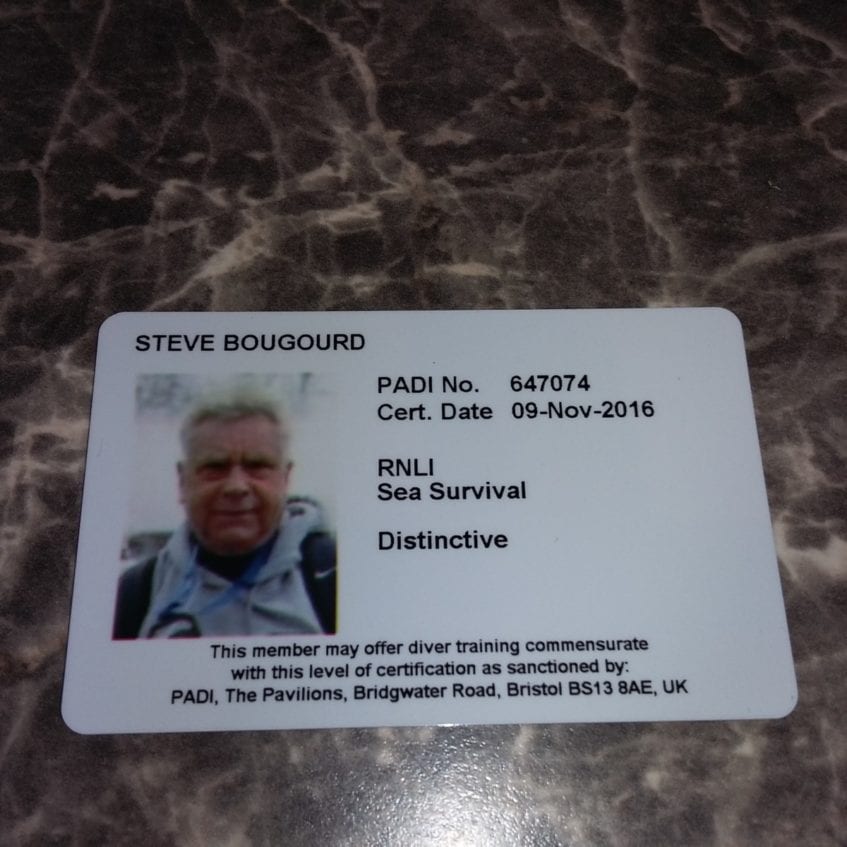
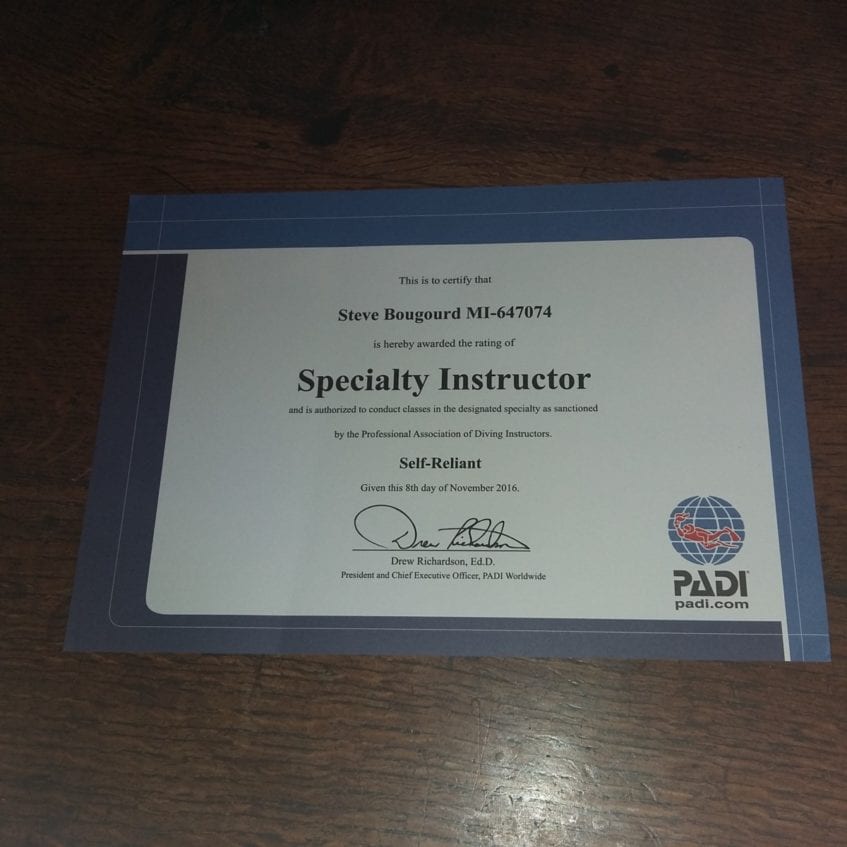
Mary Cordall now PADI Advanced Open Water.
Well done Mary and many congratulations from all at Donkey Divers, you thoroughly deserve this qualification. Mary finished her AOW with the PPB adventure dive a dive that was rescheduled due to poor sea conditions,not so yesterday though it was perfect in Fermain bay and Mary’s buoyancy skills were brilliant. Well done.
SB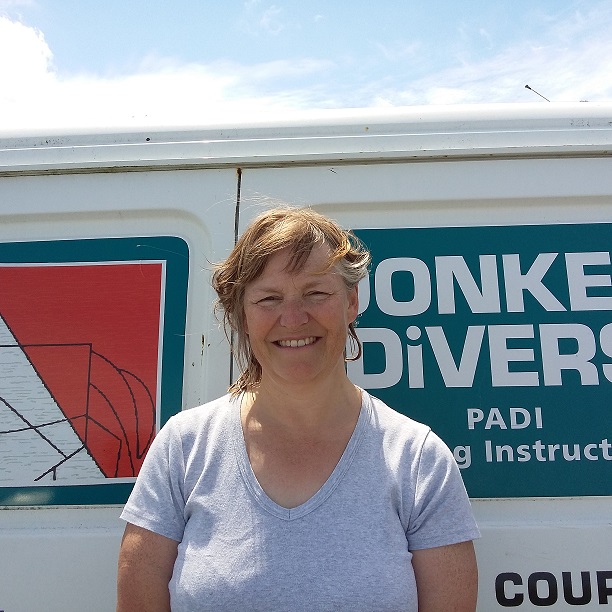
11 year old Mimi Bracegirdle now Jr PADI Scuba Diver.
Massive congratulations to you Mimi you have worked very hard and thoroughly deserve this certification.
See you soon for even more fun scuba diving
xxxx
SB
More PADI Rescue Diver success for Rhys and Neil.
Well done guys, You both worked very hard and performed some great skills and thoroughly deserve the PADI Rescue Diver certification. SB
OW diver success for visitor Will Grant .
Will chose Donkey Divers to do his PADI open Water Diver, from Dorset Will was a pleasure to teach and had a great course. Well done Will I hope we […]
IMPORTANT NOTICE
2016 has been another fantastic year for Donkey Divers Ltd and we are very thankful to you for diving with us. Please note we are very happy to take new enrollment but you are unlikely to get in the water before end March 2017. All those already enrolled we will continue to work as usual through the winter.
Kind regards
Steve Bougourd PADI MI EFRIT 647074













